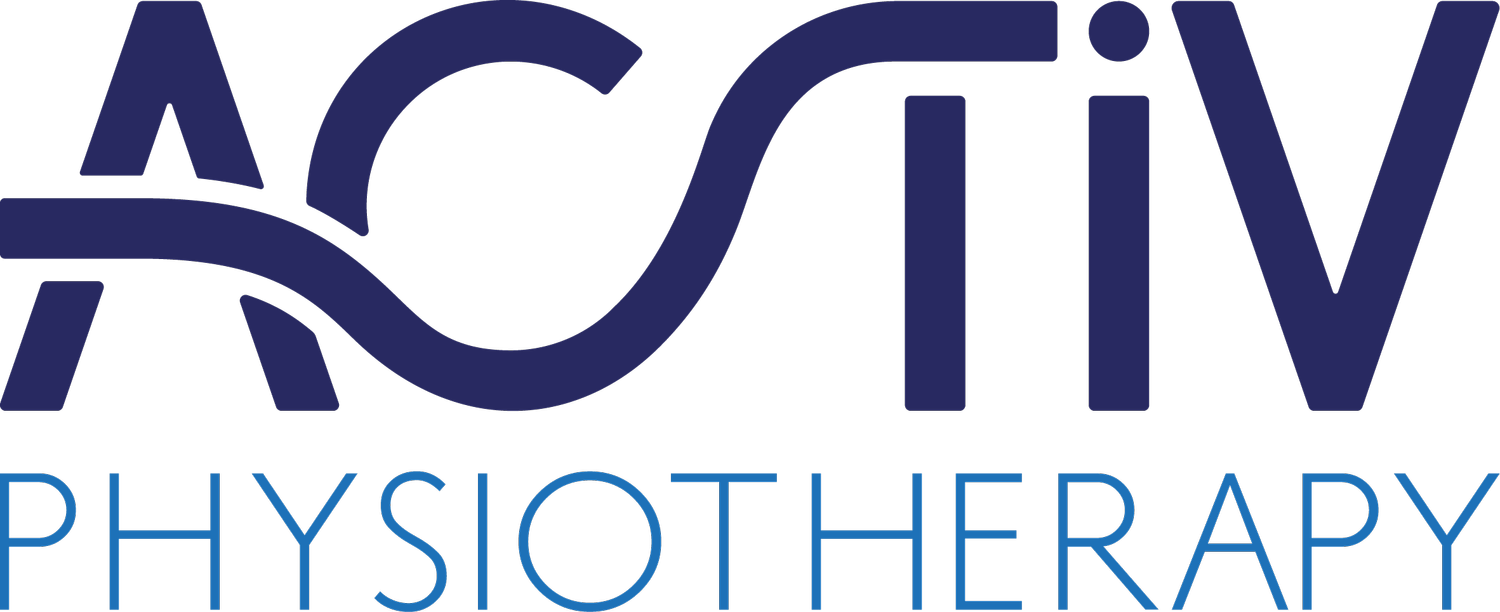What is Sports Massage?
Sports massage is a form of massage therapy that is specifically tailored to meet the needs of athletes as it can be used to treat and prevent injuries, therefore improving athletic performance. A sports massage therapist will focus on injury-related areas for athletes such as isolating particular areas of muscles that are most affected by your choice of activity. A therapist performing deep tissue massage will focus on all-over relaxation, stress reduction, and healing physical pain and discomfort.
Whilst a sports massage therapist will focus on injury-related areas for athletes such as isolating particular areas of the muscle that are most affected by your choice of activity… it is important to remember that you do not need to be at all sporty to benefit from a sports massage…
Of course, it is important to remember you do not need to be at all sporty to benefit from a sports massage which focuses on enhancing circulation, increasing tissue elasticity and reducing muscle tension. Sports massage is also used to help relieve tight muscles. Muscle tightness can limit flexibility, increase pain and cause future injuries.
If you use sports massage as one way to maintain muscle health, then it makes sense to time them for when your muscles will be most likely to benefit. For example, It's better to get a massage later in the day rather than immediately after you've done a long run or hard workout.
Benefits of Sports Massage
Improved Flexibility. Tense muscles, ligaments, and other soft tissues can prevent your body from experiencing its full range of motion.
Better Performance.
Reduced Muscle Pain.
Injury Prevention.
Psychological Benefits.
Depending on the goals of the session and a patient's requirements, sports massage techniques can range from gentle and relaxing to deep and intense. The massage shouldn't be excessively painful though some mild pain or discomfort may be experienced. It is important to remember this is a body's temporary response.
Massage Techniques
Georgina Hollinrake, our Director & Physiotherapist, administering a sports massage on a patient.
In massage therapy training, therapists learn about Tone, Texture, Temperature and Tenderness. This is an extremely useful list that aids the therapist in remembering and organising; what is being felt, what that might tell us about the state of acuity of the tissues and what to do about it in terms of technique applied.
Effleurage - Light or deep stroking. The massage therapist uses their palms to apply short or long strokes in the direction of the heart to stimulate blood flow.
Petrissage - Kneading. A massage therapist will use the palm of their hands for a deep pressure technique using stretching, kneading and squeezing techniques to improve blood circulation, relieve knots and muscle spasms and improve muscular function. This technique is often used after effleurage.
Friction - This type of massage relies on using the ball of the thumb or pointed object in small, circular movements to penetrate deep tissues and muscles. Friction massage relies on the rubbing of a top layer of tissues against deeper muscle or bone to loosen knots in muscles and improve blood flow. Often used with athletes after a competition.
Tapotement - Gentle slapping. Rapid, percussive tapping, slapping and cupping of the massage area to work and strengthen deep-tissue muscles. Derives from the French word 'tapoter' meaning 'to tap or drum'. Therapists refer to this as a percussion stroke. Often used to warm up athletes before an event. Not to be used over the kidneys, spine or back of knees.
Vibration - Used to stimulate soft tissues and the technique can be up and down or vibrating and shaking. Lighter vibration techniques can help stimulate the parasympathetic system and help the muscles relax. Also used pre-event to treat tight muscles.


